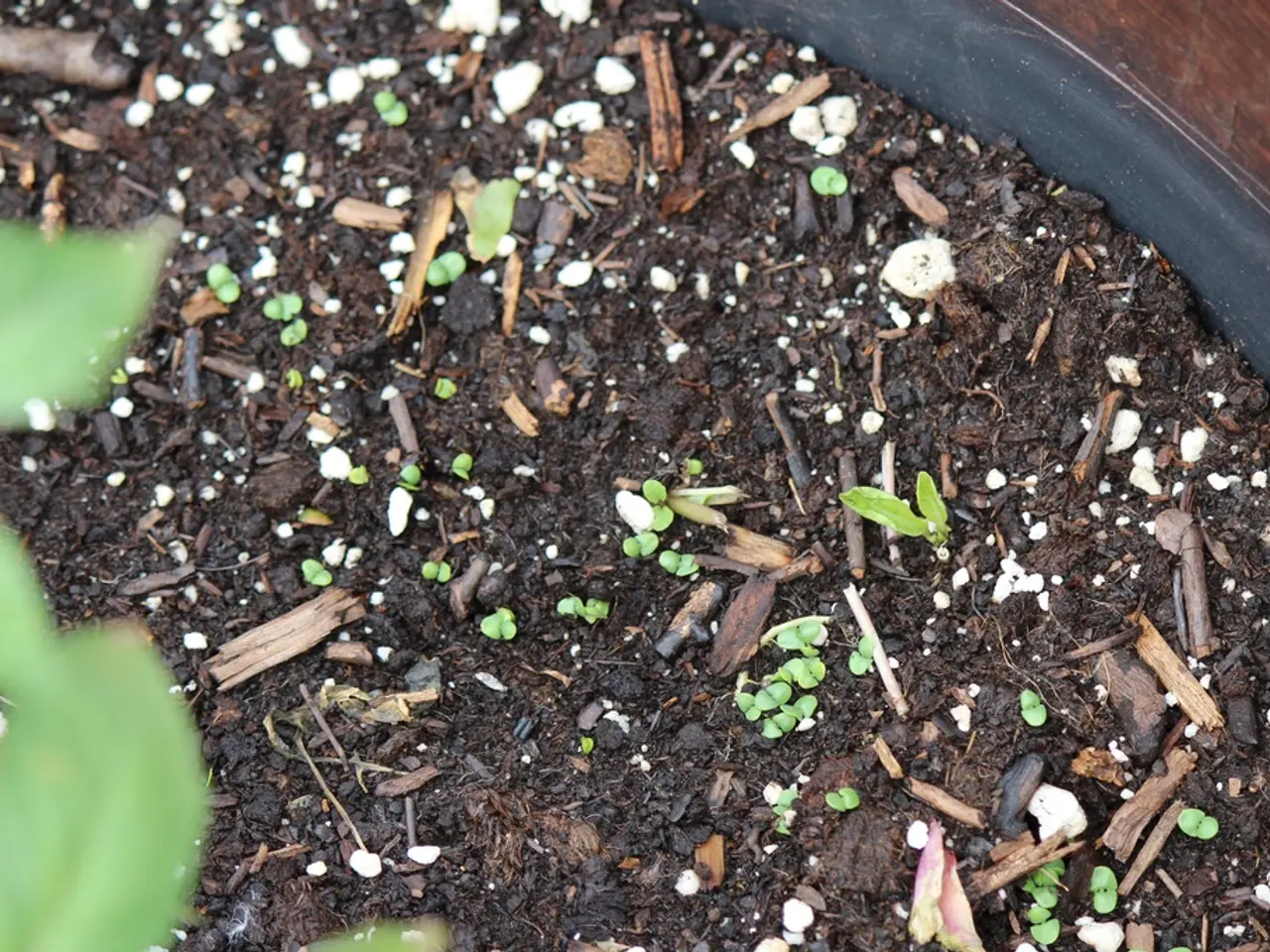Transforming Soil Test Values Among Mehlich-3, Bray P, and Ammonium Acetate
In a significant development for agricultural practices in the Tri-State Region, which comprises Ohio, Indiana, and Michigan, the updated Fertilizer Recommendations will now use the Mehlich-3 extractant as the new standard. This shift comes after a comprehensive study that analysed over 2,659 soil samples from various fields in the region.
The study, which focused on the relationships between Mehlich-3, Bray P, and Ammonium Acetate soil test extractants, found that Mehlich-3 is a reliable extractant, extracting significantly more nutrients compared to its counterparts.
For instance, Mehlich-3 Ca extracts 15 percent more Calcium than AA-Ca, while Mehlich-3 Mg extracts 24 percent more Magnesium than AA-Mg. Similarly, within the agronomic range of <200 ppm, Mehlich-3 K extracted 14 percent more Potassium than AA-K.
The conversion values for Calcium and Magnesium, as reported in Table 2, are 1.15 for Calcium and 1.24 for Magnesium. To convert from Mehlich-3 K to AA-K, divide Mehlich-3 K by 1.14. Conversely, to convert from AA-K to Mehlich-3 K, multiply AA-K by 1.14.
A similar conversion pattern applies to Phosphorus. To convert Bray P to Mehlich-3 P within the agronomic range (<50 ppm), multiply Bray P by 1.35. To convert Mehlich-3 P to Bray P, divide Mehlich-3 P by 1.35.
Mehlich-3 P values were found to be 35% higher than Bray P values, indicating a more accurate representation of the available Phosphorus in the soil.
The conversion factors for different quantification methods of the extractants may vary, as shown in Table 1 provided. It's important to note that the conversion values can influence the fertilizer recommendations, making the choice of an appropriate extractant crucial.
The Tri-State Fertilizer Recommendations are developed by land-grant universities and agricultural extension services from the respective states, including Ohio State University, Purdue University (Indiana), and Michigan State University. The adoption of Mehlich-3 as the new standard is expected to provide more accurate and effective fertilizer recommendations, leading to improved crop yields and overall agricultural productivity in the region.
In conclusion, the shift towards the Mehlich-3 extractant as the new standard for fertilizer recommendations in the Tri-State Region marks a significant step forward in improving agricultural practices and ensuring sustainable crop production.
Read also:
- Peptide YY (PYY): Exploring its Role in Appetite Suppression, Intestinal Health, and Cognitive Links
- Toddler Health: Rotavirus Signs, Origins, and Potential Complications
- Digestive issues and heart discomfort: Root causes and associated health conditions
- House Infernos: Deadly Hazards Surpassing the Flames








